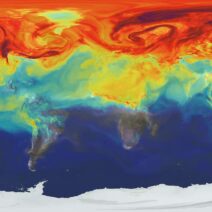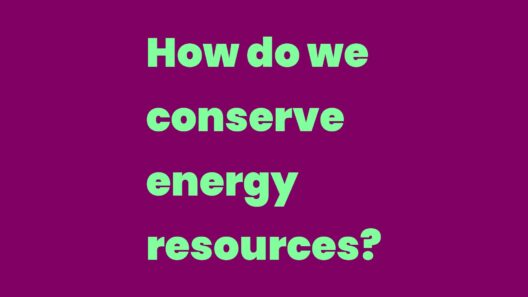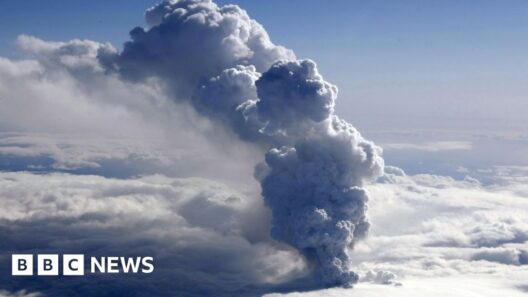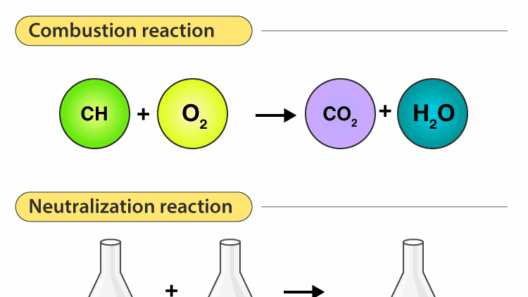How would global warming affect Albany, NY? This question may seem frivolous at first, but as the world grapples with accelerating climate change, it becomes an urgent and necessary inquiry. Albany, the capital city of New York, is not exempt from the overarching changes taking place on our planet. As we delve into this local climate outlook, we will explore the multifaceted impacts of global warming on Albany, considering the social, ecological, and economic consequences for this historic city.
To comprehend the future of Albany under the looming shadow of climate change, one must first understand key climatic trends. Over the past century, average temperatures across New York State have increased by approximately 2°F. This rise in temperatures is projected to continue, with models predicting an increase of 2-5°F by mid-century. But what does this mean for Albany? Shall we, for instance, anticipate swelteringly hot summers, or rather, harsh winters that are less bitterly cold? One could ponder whether the lack of seasonal stability might even affect local festivities, such as the well-celebrated winter holiday events.
Beyond temperature increases, Albany will likely experience alterations in precipitation patterns. Climate projections indicate a tendency towards wetter winters coupled with drier summers. This shift will pose significant challenges to water management in the region. Is it not curious to consider whether Albany’s picturesque parks will flourish or wither under such conditions? The famed Washington Park, for instance, could face intense flooding during winter thaws or chronic droughts in the height of summer. These changes could disrupt the balance of ecosystems, leading to profound impacts on biodiversity.
Moreover, as the Northeast grapples with the repercussions of climate change, Albany may experience an uptick in extreme weather events. Heatwaves will become a prevalent concern, potentially resulting in public health challenges. Vulnerable populations, such as the elderly, may face exacerbated health risks. What can Albany’s leadership do to safeguard its citizens during such sweltering times? Community programs dedicated to providing cooling centers may need to proliferate, ensuring that residents have access to relief during peak temperatures.
Additionally, the increase in severe storms, with the potential for precipitation intensity to rise by as much as 41% by mid-century, raises alarms regarding infrastructure resilience. Albany’s aging infrastructure will be tasked with managing increased runoff, leading to flooding and other infrastructural challenges. Local municipalities must ponder questions about the sustainability of existing systems. How prepared is Albany to tackle these challenges? Retrofitting storm drains and enhancing green infrastructure will become critical endeavors as the city seeks to mitigate the risks posed by climate change.
In addressing the economic implications of global warming, Albany may find itself grappling with a dual-edged sword. On one hand, the increasing unpredictability of weather patterns could adversely affect local industries, particularly agriculture and tourism. The Hudson Valley, known for its scenic beauty and fruit orchards, relies on stable weather patterns. Will the beloved local apple harvest diminish as temperatures rise and precipitation changes? The economic ramifications could ripple through the community, affecting jobs, livelihoods, and the overall quality of life for residents.
Conversely, warmer temperatures could attract new industries to Albany, particularly those in the renewable energy sector. As the state works towards ambitious climate goals, Albany could transform into a hub for sustainability and green technology. This potential for economic revitalization prompts an important query: How can Albany position itself as a leader in climate action while pursuing economic growth? Investing in renewable energy, energy efficiency programs, and sustainable transport options will be key in facilitating this transition.
Another often-overlooked consequence of global warming is its effect on human health. Rising temperatures correlate with air quality degradation, leading to increases in respiratory issues and other health-related concerns. As Albany’s summer heat increases, residents may experience a rise in allergen levels, contributing to an uptick in asthma and other respiratory ailments. How will Albany’s public health agencies adapt to safeguard the well-being of its citizens amidst these challenges? Developing public awareness campaigns focusing on preventive health measures could be vital in preparing the community for these health impacts.
Furthermore, local ecosystems will not remain untouched by the hand of climate change. The rich biodiversity found within Albany’s vicinity is at risk from climate shifts. Habitat loss, altered migration patterns, and changing species distributions may become pronounced as local flora and fauna struggle to adapt to their changing environment. This brings to light the question of how the community can foster a commitment to conservation efforts. Protecting and enhancing native habitats through local initiatives and educational programs may play a vital role in ensuring ecological resilience.
As we peer into the horizon of Albany’s future, it becomes evident that global warming poses a multifarious challenge requiring concerted action from all sectors of society. Engaging the community in discussions about the importance of sustainability, education on energy efficiency, and the promotion of green spaces will be essential in navigating these turbulent waters. The question remains, will Albany rise to the occasion and embrace proactive measures to combat these impending challenges? While the answers may not be straightforward, the time to act is now. Taking decisive steps to adapt to and mitigate the impacts of climate change is not just an option; it’s an imperative for the well-being of Albany and its residents.








